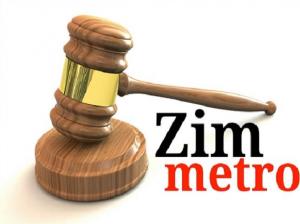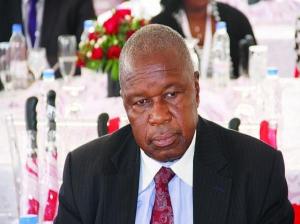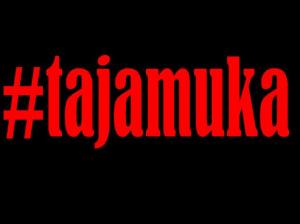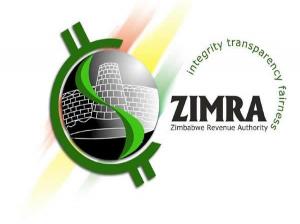Zimbabwe Loses Money Borrowing Credibility

Published: 2016 August 10 04:44:45 (13323 Views)
Zimbabwe's money borrowing capabilities have dropped to a very low state, with potential investors shying away from the economic ravaged country.
Speaking at the launch of the United Nations Conference Trade and Development Economic Development in Africa Report 2016, Debt Dynamics and Development Finance in Africa, Africa Capacity Building foundation (ACBF) director Thomas Munthali said Zimbabwe is among the nine countries on the continent who are in serious debt distress.
“Before 2006 – 2009, over 30 percent of Zimbabwe’s external debt was concessionary, but as of now cheap debt has become lesser and will aid debt distress for low income countries,” he said.
Concessionary debt refers to lending extended by creditors at terms below market terms with the aim of achieving a certain goal and with Zimbabwe’s current external debt amounting to over $9 billion, the country is not in a position to attract funding at favourable terms. The country’s debt is largely as a result of arrears to multilateral lenders such as the IMF, World Bank and African Development Bank.
Munthali said the gross domestic product growth rate has been growing below the debt level rate, compounded further by declining commodity prices and other economic fundamentals.
“Current account deficit levels will increase the level of debt distress,” he said.
The African Development Bank, estimates that the country’s GDP growth is projected at 1,6 percent at close of the year on the back of anticipated expansion in three sectors, including the financial industry.
According to the UNCTAD report, African governments need to add new revenue sources to finance their development such as remittances and public private partnerships and clamping down of illicit financial flows.
The report says Africa’s external debt ratios appear manageable, but African Governments must take action to prevent rapid debt growth.
- Herald
You May Like These Videos
Comments
There are no comments.
Get Zim Metro Updates Alerts
Big Reads

Schoolgirl drops out after continuous 'sexual abuse' by teacher
by Staff Reporter | 2019 August 13 07:42:33
Mugabe Knows Nothing About The Zimbabwe Constitution: MP
by Staff Reporter | 2016 October 01 08:12:02
Zim's Protesting Graduates Risk Losing Degrees For Expressing Anger Against Mugabe
by Staff Reporter | 2016 October 01 07:57:08
Troubled Harare Giants Dynamos Falls Into Another Deep Crisis
by Own Correspondent | 2016 October 01 07:49:17
Grace Mugabe Grovels At Mnangagwa, Says I Did Not Ask Ubaba To Fire You
by Staff Reporter | 2016 October 01 07:31:48
Mugabe Attacks Mawarire, Claims The Exiled Pastor Failed To Divide Zimbabwe
by Staff Reporter | 2016 October 01 07:19:13
Shock As Local Bank Denies 'Rich' Mugabe's Son Heifty Credit
by Own Correspondent | 2016 September 30 19:14:54
Trouble For Police Officers Who Have Been Mercilessly Bludgeoning Protesters
by Staff Reporter | 2016 October 01 07:20:19
Mugabe "Home Coming" And "Thank You" Rally On Cards
by Own Correspondent | 2016 September 23 06:48:24
Prof Moyo Was Dumped By Western Embassies, Claims Mutsvangwa
by Staff Reporter | 2016 September 22 10:08:07
Broke RBZ Tracks Down Zimbabweans Living Outside The Country Over Taxi
by Staff Reporter | 2016 September 22 09:16:20
You Are Too Old To Lead, Aging Zim President Mugabe Told
by Own Correspondent | 2016 September 22 07:19:25
Anti-Corruption Commission Loses Property In Failed Probe
by Own Correspondent | 2016 September 20 03:18:19
SHOCKING:14 Year Old HIV-Positive Boy Rapes 7 Pupils
by Own Correspondent | 2016 September 20 00:04:55

 WATCH: Victims Narrate Ordeal After Being Clobbered By Riot Cops
WATCH: Victims Narrate Ordeal After Being Clobbered By Riot Cops FLASHBACK: Morgan Tsvangirai Won't Resign Despite Illness
FLASHBACK: Morgan Tsvangirai Won't Resign Despite Illness  Police Violently Beat Harare Protesters
Police Violently Beat Harare Protesters  Zimbabwean Man Who Was Shot By Tswana Employer Appeals For Help
Zimbabwean Man Who Was Shot By Tswana Employer Appeals For Help











.jpg)






